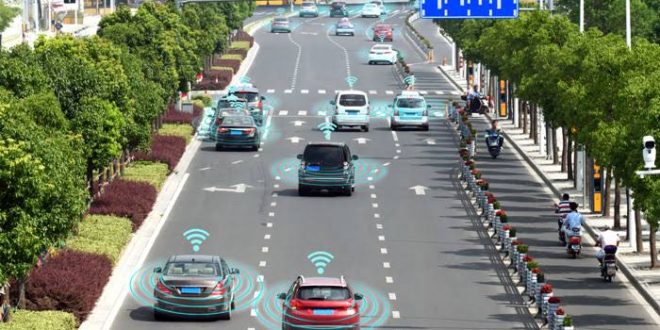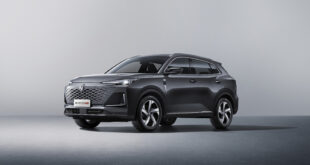A new research has indicated that the introduction of 5G network will shift Vehicle-to-Everything (C-V2X) technology into high gear, stressing that by 2035, 83 million 5G connected cars will be on the road, making them safer and greener.
While the commercial rollout of 5G for consumers is in full swing, the
new generation of cellular connectivity will also have a transformative effect on roadways worldwide. Soon, in 2023, cars will start to communicate with each other to increase overall road safety and traffic.
According to recent figures published by global tech advisory firm, ABI RESEARCH, a total of 41 million 5G connected cars will already be on roads by 2030. That number will rise to 83 million 5G connected cars by 2035. By then, 5G connected cars will make up more than 75 per cent of the total
C-V2X equipped cars.
“These numbers underline the huge momentum for cellular connectivity, and particularly 5G, in the automotive sector,” Research Analyst for 5G Markets at ABI Research, Leo Gergs , said. “As a consequence, we will see a rising number of automotive OEMs start developing C-V2X modules for their cars during 2020. We can then expect the first 5G connected cars on the roads in 2022.”
While leading car manufacturer, Ford, has already announced new car models equipped with C-V2X for 2021, other automotive heavyweights like Audi,
BMW, and Volkswagen have all partnered with the likes of Ericsson,
Huawei, and Nokia to commence large-scale trial projects to test the
capabilities of cellular technology for connected car use cases.
The results of these proof-of-concept projects are auspicious and show that, through enhancing traffic efficiency, 5G can reduce fuel consumption by up to one third.
“More importantly, however, the sharing of sensor data will make overtaking much safer and will be critical to protecting vulnerable road users (such as pedestrians or cyclists). Therefore,
bringing 5G-based cellular connectivity into cars will be critical in making the vision of zero road traffic deaths a reality,” Gergs
emphasised.
In total, ABI Research has quantified the contribution of 5G to global GDP to reach US$17 trillion by 2035. A large part of that global GDP will be through increasing the safety of road traffic, which will reduce health care expenditure drastically and take pressure off doctors and hospitals.
“To unlock all these benefits, public authorities and transportation
infrastructure owners need to realize their responsibility to fund the installation of cellular networks and enable the widespread deployment of C-V2X to make road traffic safer and greener,” Gergs maintained.
“Recent developments around the FCC’s decision to open up the 5.9
GHz frequency for C-V2X technology is a first step in the right
direction. Now, other regulators need to follow. Furthermore, both
infrastructure vendors and network operators need to wake up and work closely with automotive manufacturers to make 5G a success for connected cars.”
These findings are from ABI Research’s 5G in Automotive and Smart Transportation application analysis report. This report is part of the company’s 5G Markets research service, which includes
research, data, and analyst insights.
Based on extensive primary
interviews, Application Analysis reports present in-depth analysis
on key market trends and factors for a specific technology.
 ..:: AUTO REPORT AFRICA ::..
..:: AUTO REPORT AFRICA ::..




